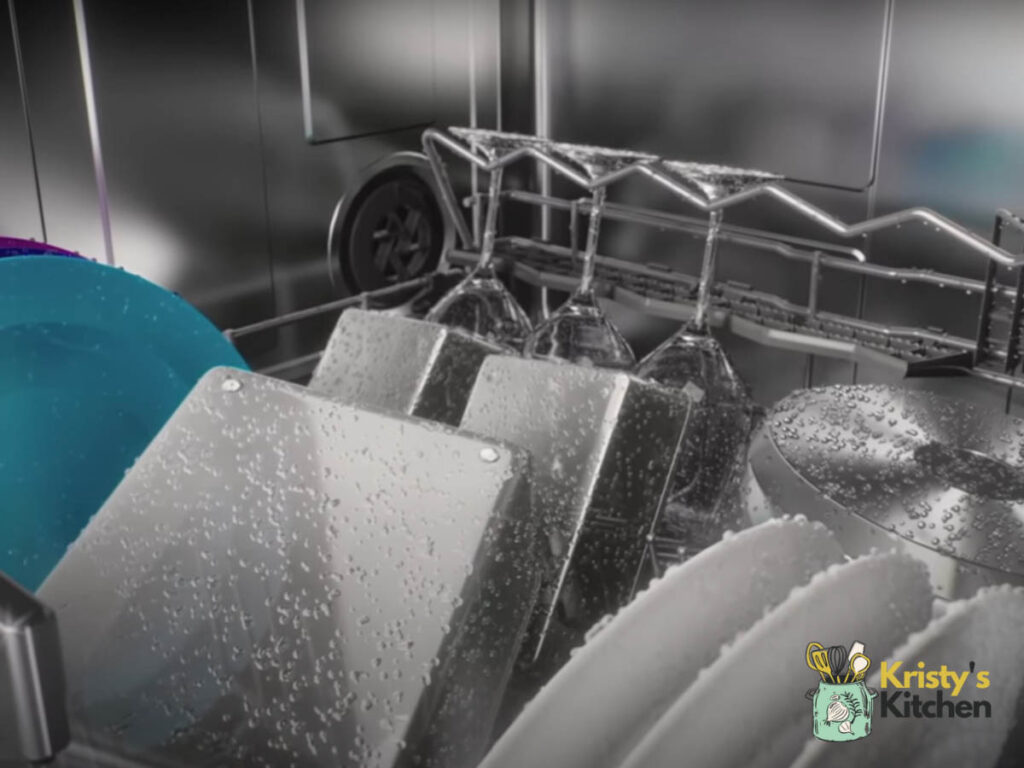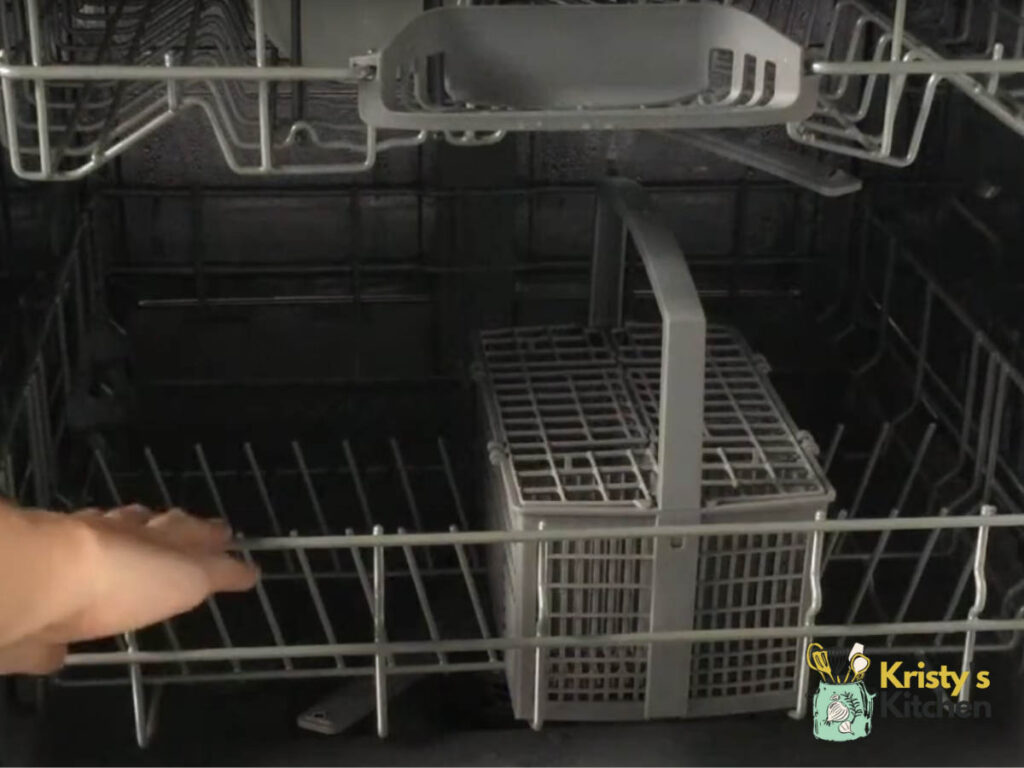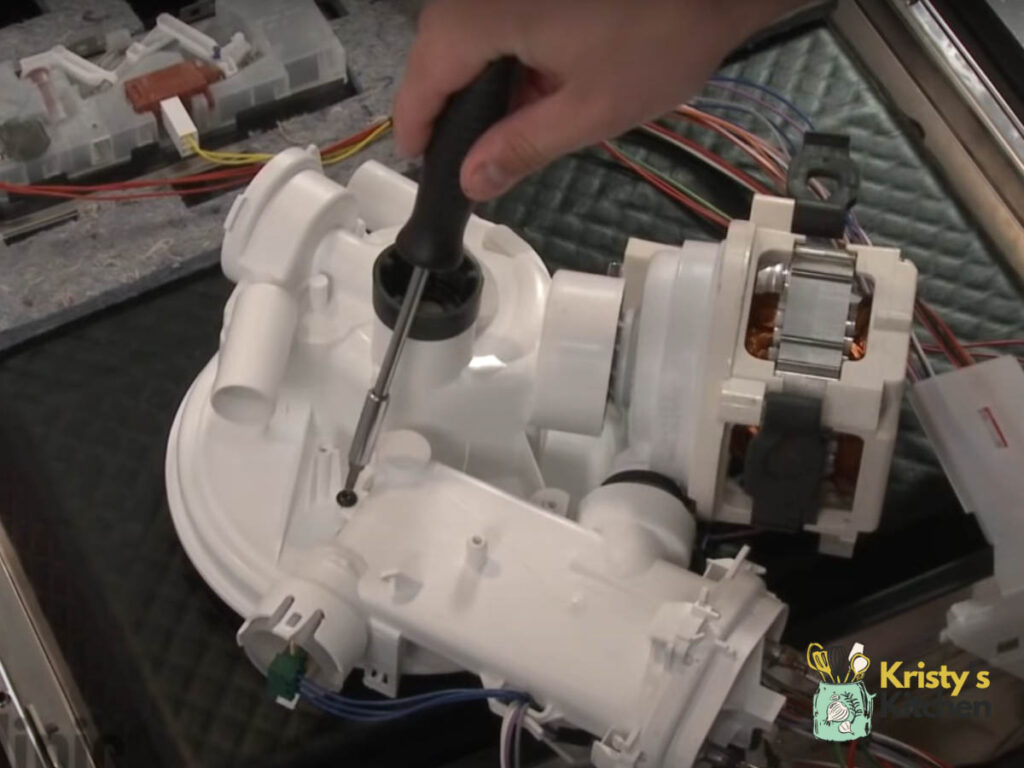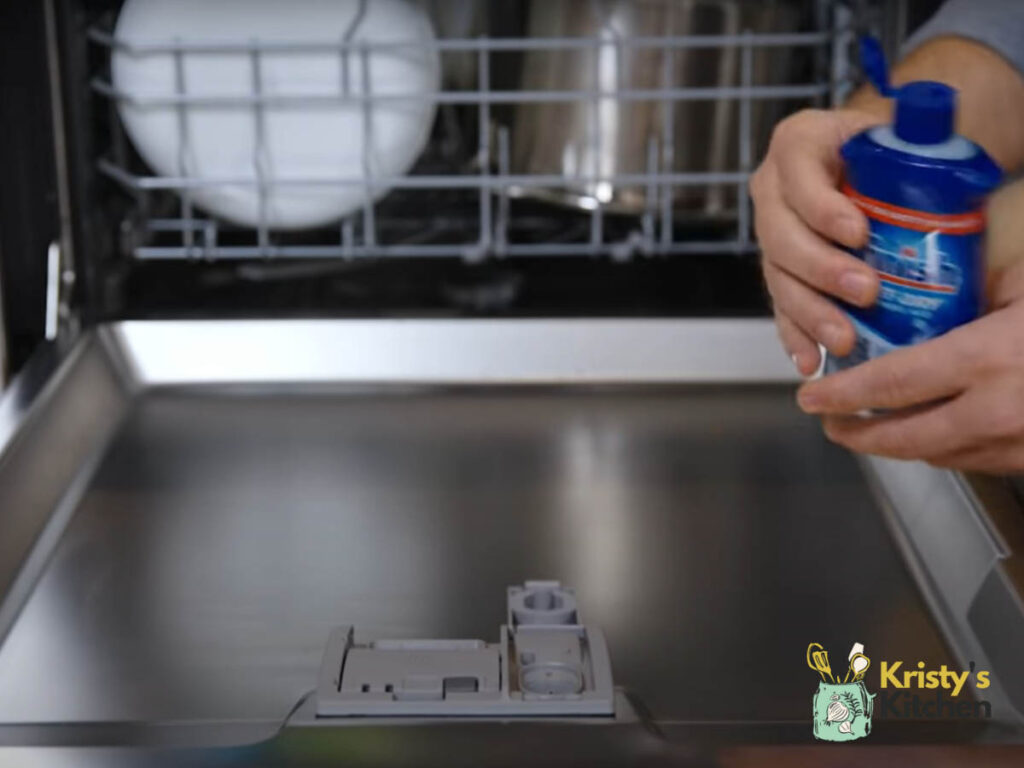Bosch Dishwasher Not Drying Dishes: Reasons and Solutions
Is your Bosch dishwasher not drying dishes?
It’s frustrating when you eagerly open the door, only to find your once dirty plates now perfectly clean but disappointingly wet.
Several factors can lead to this issue.
Overloading, incorrect drying settings, lack of rinse aid, and a faulty dishwasher heating element are common culprits of Bosch Dishwasher leaving the dishes wet.
Discover the solutions to ensure your dishes come out sparkling clean and dry. Let’s dive in!
Do All Bosch Dishwashers Have A Heated Dry Cycle?
No, not all Bosch dishwashers have a heated dry cycle.
While many models do offer a heated dry option, there are some Bosch dishwasher models, like Bosch 800, that rely on alternative drying methods such as condensation drying.
Condensation drying uses the residual heat from the wash cycle and the stainless steel interior of the dishwasher to evaporate moisture from the dishes.
It’s important to check the user manual of a specific Bosch dishwasher model to determine whether it includes a heated dry cycle or utilizes an alternative drying method.
Why is My Bosch Dishwasher Not Drying Dishes?

Here are possible reasons why your Bosch dishwasher is not drying dishes:
- Unloading Dishwasher Out of Order: When unloading your dishwasher, the order in which you remove the dishes can impact their drying. If you start with the top rack, water droplets from the upper dishes may fall onto the lower ones, leaving the dishes wet.
- Overloading the Dishwasher: Loading the dishwasher beyond its recommended capacity can restrict water circulation and prevent proper drying.
- Incorrect Drying Options: Bosch dishwashers utilize a condensation drying process instead of a heater element. Adjusting the drying settings to a lower level or disabling the drying option can result in insufficient drying.
- Inadequate Rinse Aid Usage: Rinse aid is an essential component in Bosch dishwashers for optimal drying. It helps water runoff more effectively, reduces spotting, and aids in drying plastic items. If you’re not using rinse aid or running out of it, your dishes may not dry properly.
- Placement of Plastic Items: Plastic dishes and utensils do not retain heat as well as glass or ceramics, often resulting in poor drying.
- Vent Malfunction: Dishwashers have vents that allow hot, steamy air to escape during the drying cycle. If the vent fails to open or is blocked, moisture will remain trapped, leading to wet dishes.
- Faulty Turbidity Sensor: The turbidity sensor in your Bosch dishwasher measures food particles in the water to determine the duration of the wash and rinse cycles. If the sensor malfunctions, it may prevent the dishwasher from entering the drying cycle.
- Malfunctioning Vent Fan Motor: Some dishwashers use a vent fan motor to enhance drying performance. If the vent fan motor is defective or not functioning correctly, it can hinder drying efficiency.
- Defective Heating Element: A faulty heating element can significantly impact the drying process in Bosch dishwashers. If the heating element fails to heat up, the dishes will not dry properly.
How To Fix Bosch Dishwasher Drying Issues?

Here’s a step-by-step solution to fix Bosch dishwasher drying issues:
- Step 1: Unload the dishwasher in the correct order.
Start by unloading the bottom rack first, followed by the top rack. This ensures that water from the top rack doesn’t drip onto the dishes below, leaving them wet.
- Step 2: Avoid overloading the dishwasher.
Make sure to load the dishwasher with an appropriate number of dishes, allowing for enough space for water and air circulation. Check the user manual for the recommended capacity of your dishwasher.
- Step 3: Adjust the drying options on your dishwasher.
Check the drying setting and make sure it is set to “extra dry” or a similar high-dry option. This extends the drying time and improves the overall drying performance.
- Step 4: Utilize rinse aid.
Fill the rinse aid compartment in your dishwasher with a Bosch-approved rinse aid product.
Rinse aid helps water run off the dishes more effectively, reducing spotting and aiding in the drying process.
- Step 5: Arrange plastic items properly.
Place plastic items on the bottom rack or in designated areas specifically designed for plastic.
Plastic doesn’t retain heat as well as other materials, so positioning them appropriately can improve their drying.
If you encounter specific technical issues related to Bosch dishwasher drying, here are additional steps for each:

Replacing Bosch Dishwasher Faulty Vent: Inspect the dishwasher vent to ensure it opens properly during the drying cycle. If the vent fails to open, it may need to be repaired or replaced.
Replacing Bosch Dishwasher Faulty Heating Element: Test the heating element for continuity using a multimeter. If there is no continuity, it is likely defective and needs to be replaced.
Replacing Bosch Dishwasher Faulty Vent Fan Motor: Check if the vent fan motor is functioning by testing for continuity and ensuring the fan blade spins freely. If the motor is faulty, consider replacing the vent fan motor.
Replacing Bosch Dishwasher Faulty Turbidity Sensor: Inspect the turbidity sensor for any signs of damage or malfunction. If the sensor is faulty, it may need to be replaced to allow the dishwasher to enter the drying cycle.
Replacing Bosch Dishwasher Wire Harness: Examine the wire harness connections for any loose or damaged wires. Replace the wire harness if necessary to ensure proper power supply to the heating element.
Replacing Bosch Dishwasher Control Module/Board: Check if the control module or control board is functioning correctly. If it is defective, consider replacing the control module or control board.
Replacing Bosch Dishwasher Faulty Float Switch:
Test the float switch for continuity using a multimeter. If the float switch is defective or stuck, it can interrupt the cleaning and drying cycles.
Repair Bosch Dishwasher Circulation Pump: Inspect the circulation pump for any signs of malfunction or blockages. If the pump is not functioning properly, it may need appliance repair.
Clearing Bosch Dishwasher Drain Pump: Check the drain pump for any blockages or malfunctions. If the drain pump is not working correctly, it may hinder the drying process.
Replacing Bosch Dishwasher High Limit Thermostat: Test the high limit thermostat using a multimeter to ensure it is functioning correctly. If it is faulty, replace the high limit thermostat.
Replacing Bosch Dishwasher Thermostat: Check the thermostat for proper functionality using a multimeter to test for continuity.
If the thermostat is defective, it may prevent the heating element from operating correctly.
Remember, if you encounter any technical issues, it’s always recommended to consult the user manual or seek professional assistance for proper diagnosis and repair.
Extra Tips To Increase Drying In Bosch Dishwashers

Here are some additional tips to improve your dishwasher’s drying process:
- If your Bosch dishwasher has an “Extra Dry” or “Sanitize” option, be sure to enable it. This setting increases the drying time and temperature, providing better drying results.
- Choose a wash cycle that includes a drying phase, such as the “Auto” or “Normal” cycle. These cycles incorporate a drying step to enhance the drying performance.
- Once the dishwasher completes its cycle, open the door slightly to allow the steam to escape. This helps to prevent condensation from settling back onto the dishes, aiding in the drying process.
- Do not preheat your dishwasher by running the hot water tap before starting a cycle. Bosch dishwashers are designed to heat water efficiently, and preheating may reduce the water temperature during the wash, affecting drying performance.
- Ensure that dishes are not blocking the dishwasher’s vents or spray arms, as this can impede drying.
- Before placing dishes in the dishwasher, give them a quick shake to remove any excess water. This helps prevent excess water from pooling on dishes during the drying process.
- Position dishes with concave surfaces facing downward, allowing water to drain off more effectively. Ensure that taller items, such as cups or glasses, are tilted to facilitate water drainage.
- Opt for a high-quality dishwasher detergent formulated for dishwashers. Using a good detergent can contribute to better cleaning and drying performance.
- Maintain your dishwasher’s cleanliness by periodically cleaning the filter, spray arms, and interior. A clean dishwasher performs better and ensures optimal drying results.
FAQs
Do Bosch dishwashers have their own heating element?
No, Bosch dishwashers don’t use heating element. It uses a process called condensation drying which eliminates the need of a heating element.
What is Crystal Dry on Bosch dishwasher?
Crystal Dry is a feature found in select Bosch dishwashers. It is a specialized drying technology that uses a high-temperature final rinse and a built-in zeolite mineral to enhance the drying performance.
Crystal Dry helps to achieve superior drying results, especially on glassware and plastic items.
What is Auto Air on Bosch dishwasher?
Auto Air is another feature available in certain Bosch dishwashers.
It is designed to improve the drying process by automatically opening the dishwasher door at the end of the cycle.
This allows fresh air to circulate inside the dishwasher, aiding in the drying of dishes and reducing the amount of moisture left behind.
Do Bosch dishwashers have a vent?
Yes, Bosch dishwashers have a vent. The vent is responsible for releasing hot, steamy air during the drying cycle.
It helps to control the humidity inside the dishwasher and allows moisture to escape, contributing to better drying performance.
How long does it take Bosch dishwashers to dry dishes?
The drying time can vary depending on the specific model and cycle selected. On average, Bosch dishwashers typically take around 1 to 2 hours to complete a full wash and dry cycle.
However, some advanced models with specialized drying features, such as Crystal Dry or Auto Air, may have extended drying times to ensure optimal results.
Final Thoughts
When it comes to a reliable dishwasher brand like Bosch, you innately expect an efficient drying experience, don’t you?
However, there are instances when your Bosch dishwasher might not dry dishes properly, leaving you frustrated with damp utensils and glassware.
I hope my guide helps you rectify the problem and get your dishes dry in no time.
Just remember to always handle the dishwasher with care during any adjustments for optimal performance, and you’ll be good to go.
